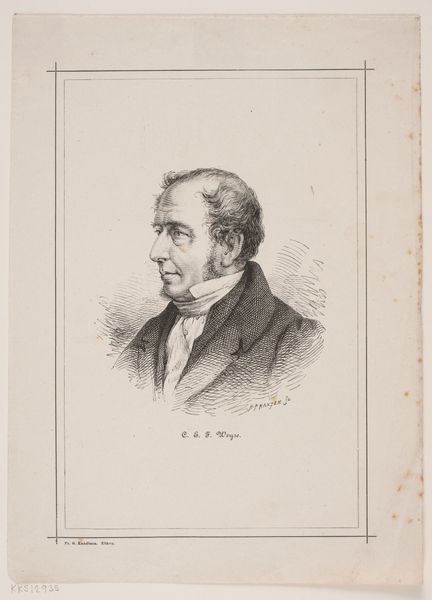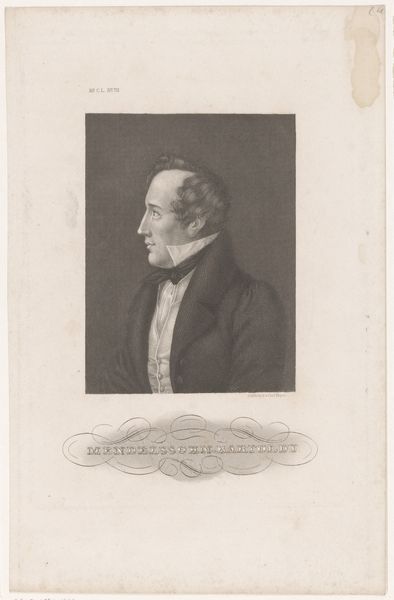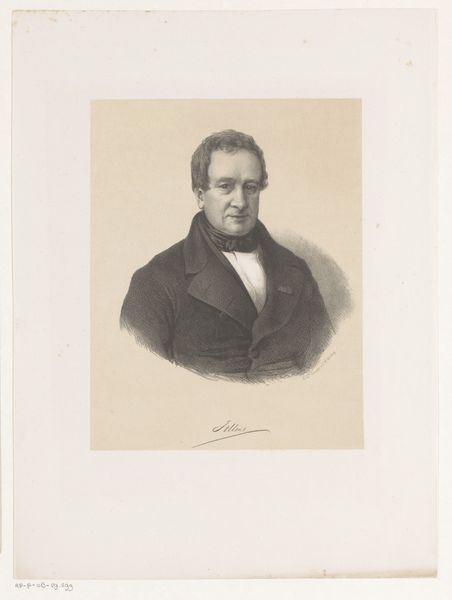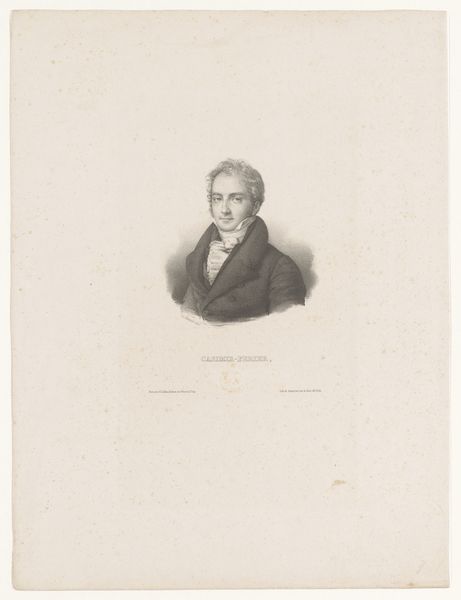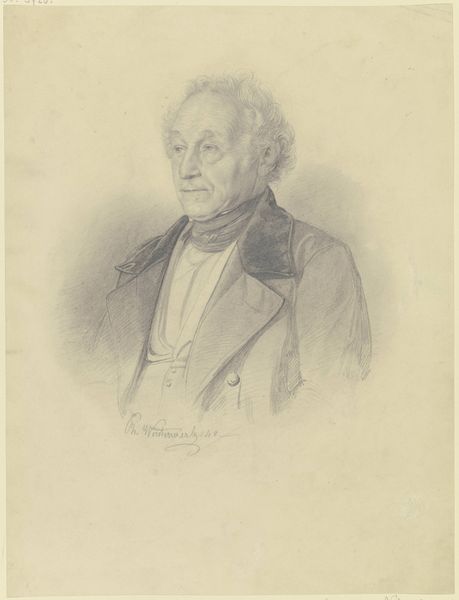
engraving
#
portrait
#
19th century
#
history-painting
#
academic-art
#
engraving
#
realism
Dimensions: height 264 mm, width 177 mm
Copyright: Rijks Museum: Open Domain
Editor: Here we have Charles Baugniet's "Portrait of Goswin Joseph Augustin de Stassart," an engraving from 1841, currently held at the Rijksmuseum. The detail achieved through engraving is pretty remarkable, but it also feels somewhat formal and reserved. What can you tell me about this man, and what context surrounded portraits like this one? Curator: This is a great example of the democratisation of portraiture in the 19th century, where engraving allowed images of important figures to circulate widely. Goswin de Stassart was a significant politician in Belgium at the time, after Belgian independence. Knowing this tells us that the image likely served a specific political or social function. Editor: Such as? Commemoration, or spreading an image of power? Curator: Both, but more broadly, think about how new nations define themselves through imagery. De Stassart's portrait helps solidify a visual representation of Belgian leadership at a crucial period. This engraving was accessible, reproduced in newspapers or journals, influencing how citizens visualized and engaged with their leaders. Do you see how the realism of the engraving affects our perception? Editor: Yes, the accuracy, almost like a photograph, would lend an air of authenticity and trustworthiness to his image, further legitimizing his position. It’s interesting to consider how seemingly simple portraits can be tools for nation-building. Curator: Exactly! It is also worthwhile to analyze this piece with reference to class: while he is a national figure, this engraving enables more citizens to afford a print. Editor: I've certainly learned a new approach on viewing how power and class are displayed with portraiture, by focusing on its proliferation. Curator: And that art serves as an active participant in shaping public opinion. It’s something to keep in mind with every artwork we encounter.
Comments
No comments
Be the first to comment and join the conversation on the ultimate creative platform.
